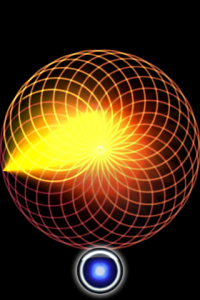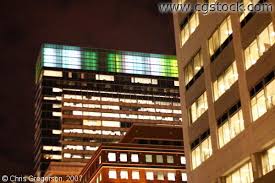Joint Venture to Stimulate and Showcase New Media Technologies
http://zero1.org/press/releases/banff-zero1-sundance
The timeframe for applications is short – due August 3 – but the opportunity for a residency and technical support to produce a new work to be shown at the 2010 01SJ Biennial, the 2011 Sundance Festival, and the 2011 Banff Summer Arts Festvial is enormous. Please distribute widely.
For more information on the Locative Cinema Commission: http://zero1.org/01sj/lccall
San Jose, Calif. – July 8, 2009 ―The Banff New Media Institute at The Banff Centre, ZER01: The Art and Technology Network, and Sundance Institute’s New Frontier initiative today announced the formation of The Locative Cinema Commission, a joint venture to stimulate and showcase the creation of a locative cinema project. The Commission is presently soliciting proposals. The chosen artist or artists will realize their proposed project during a residency at The Banff Centre, to be completed by July 2010. They will also receive a $4,500 (four-thousand five hundred dollar) commissioning fee, related production funds, and will present their work at the 2010 01SJ Biennial from September 15 – 19, the 2011 edition of New Frontier at the Sundance Film Festival from January 20-30, and the 2011 Banff Summer Arts Festival.
“ZER01, Sundance Institute and the Banff New Media Institute all have proven commitment to supporting emerging forms of creative practice,” said Susan Kennard, Director and Executive Producer at The Banff New Media Institute. “It is our hope that this collaboration will inspire the creation of a dynamic new work that can be exhibited to wide and diverse audiences in San Jose, Park City, and Banff and excite the public about changing ways to experience art.”
The purpose of this commission is to use “locative cinema” as an apparatus through which artists can share their vision using place in ways that are both specific and generic, or at least transferable. The Commission understands the notion of “locative cinema” as a platform-agnostic apparatus through which artists share their vision of place. Any variation on how to present an artist’s work will be considered, from cell phones to the black box of the cinema, from mixed reality to street theatre, from GPS to handhelds, from distributed to ambient. Proposals will be evaluated on their ability to engage people using place as a key element of the experience. The chosen project will receive a $4,500 commissioning fee a residency in Banff with up to $5,000 in related costs, and technical support from the Banff New Media Institute. Reasonable presentation costs, including necessary travel, will also be covered. The final project will be presented in San Jose, California, Banff, Canada, and Park City, Utah, and therefore must be realizable in those locations.
Proposals will be accepted until August 3, 2009, and must include a conceptual proposal describing the relationship of the project to the place, a technical proposal outlining the basic parameters of the project, and strategies for problem solving during the residency. Other requirements include a budget, list of collaborators, links to examples of related past work, and resumes of key personnel.
More information and specific application details are available at http://zero1.org/01sj/LCcall.

